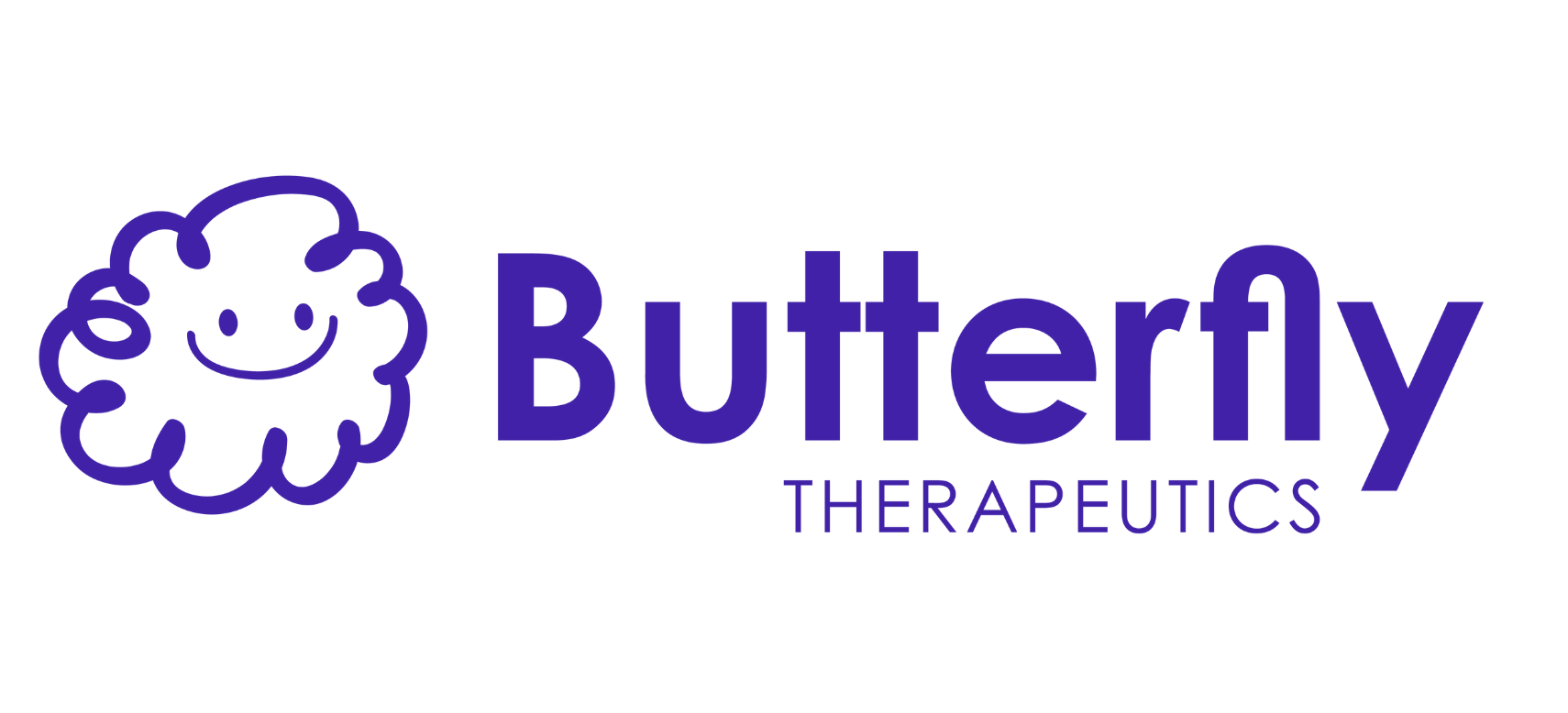Bliss One safety and performance information
You must always use Bliss One strictly following the information provided in the user manual or by your doctor or pharmacist.
Bliss One is part of the Bliss DTx solution for managing pain and anxiety.
Bliss One is a reusable active medical device, Class I (rule 11).
It is preferable to use Bliss One in a calm environment to ensure the best effect of the medical device.
The different durations of the virtual reality programs integrated into Bliss One are pre-programmed.
There is no limit to the frequency of sessions.
The duration of use of Bliss One is defined by the medical procedure and the associated protocol.
Intended use
Bliss One is a medical device for reducing pain and anxiety before, during, and after painful medical procedures.
The use of Bliss One is exclusively reserved for use accompanied by a healthcare professional trained in the use of this medical device. Bliss One is intended for use in patients aged 12 years and older.
The Bliss One device can be used alone or in conjunction with local anesthesia, including but not limited to the following uses:
- During diagnostic or sampling procedures such as endoscopies, punctures (pleural, ascitic, lumbar, myelogram), biopsies.
- During surgical procedures in oncology (port-a-cath placement), urology (bladder surgery), vascular (varicose vein surgery), orthopedics (knee, hand, hallux valgus surgery), oral surgery (wisdom tooth extraction), etc.
- During painful post-surgery care (dressing changes, burns, mobilizations).
Possible side effects
Bliss One may cause slight discomfort at the beginning of the session, related to the adaptation time to the medical device. This possible discomfort should be explained to the patient.
The side effects associated with the use of Bliss One are limited to the three symptoms that the virtual reality headset can cause: headaches, dizziness, and nausea. These are infrequent and can be managed by temporarily interrupting the virtual reality session.
If the patient experiences any of the symptoms mentioned above:
Until the symptoms have completely disappeared, it is recommended to: avoid driving, operating machinery, or undertaking visually or physically demanding and potentially dangerous activities (i.e., any activity where the occurrence of such symptoms could result in death, bodily injury, or material damage), or activities requiring good balance or hand-eye coordination (sports or cycling, etc.).
Wait several hours after the complete disappearance of the symptoms before resuming a session interrupted due to the described symptoms.
If you notice any side effects related to the use of Bliss One, contact us by email at app@bliss-dtx.com.
Any serious incident related to the use of the product must be reported to the manufacturer as well as to the responsible authority in the country where the patient and/or user is located.
No interactions are known to date.
Warnings and Contraindications
The use of Bliss One requires an explanation provided by trained personnel to ensure its analgesic and/or anxiolytic effects.
For individuals with vision disorders, the use of Bliss One must be validated by a healthcare professional.
Bliss One is strongly discouraged for patients with fragile vision and/or hearing (glaucoma, very young patients under 6 years old), and for photosensitive and/or epileptic patients.
Driving and Operating Machinery
If the patient drives after a session with Bliss One, ensure that they are in a sufficiently awake state. You can check the patient’s state of wakefulness using the Glasgow Coma Scale. If the Glasgow Coma Scale score is 15, the patient is in a sufficiently awake state.
Precautions for Use and Handling
Do not approach an open flame.
The Butterfly Therapeutics support team is available for any questions.
